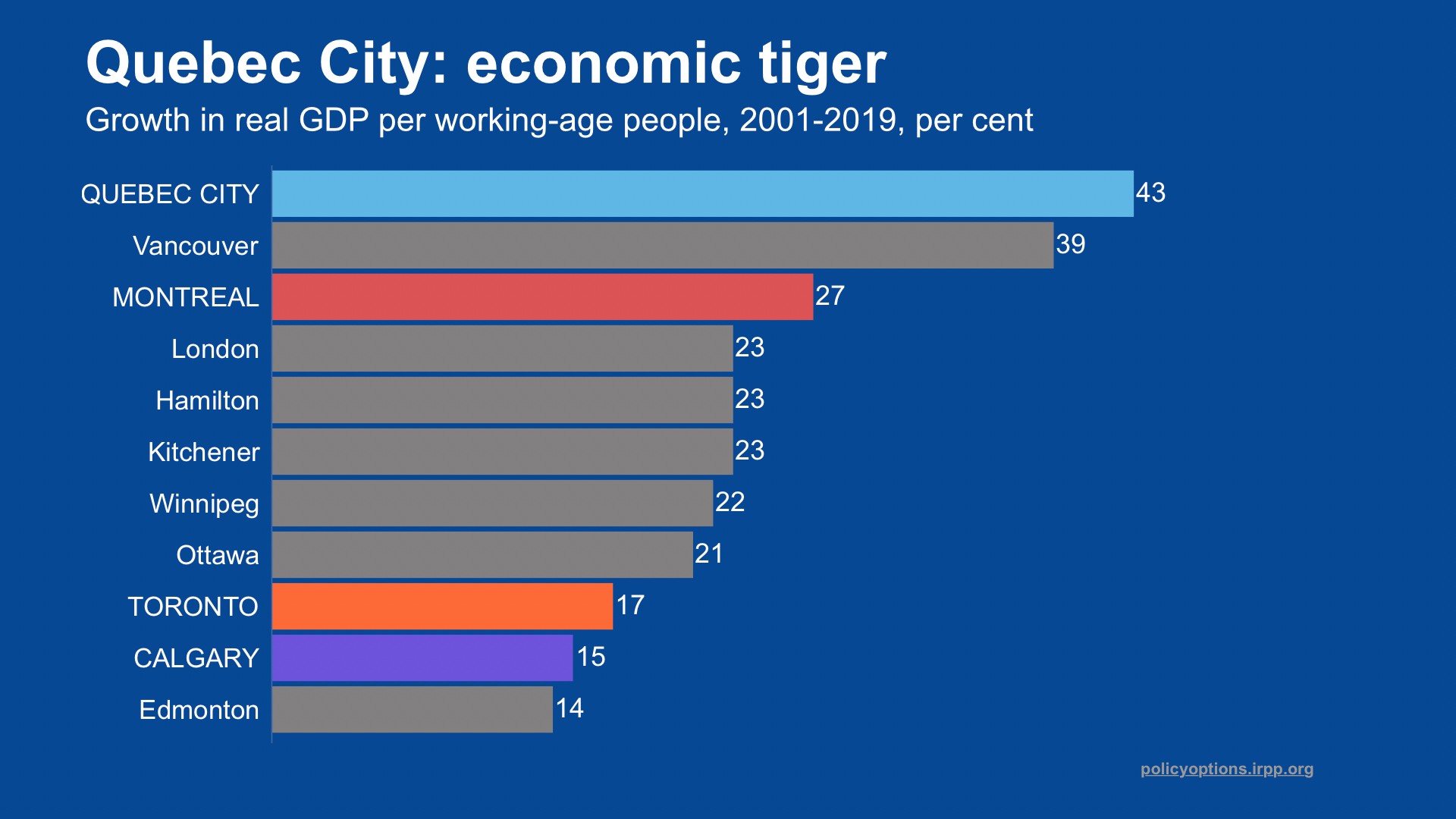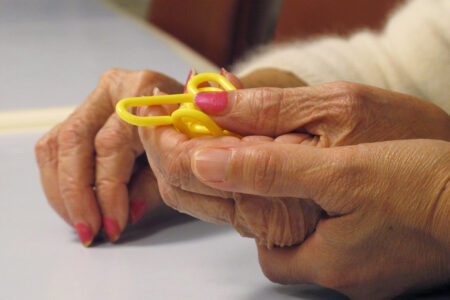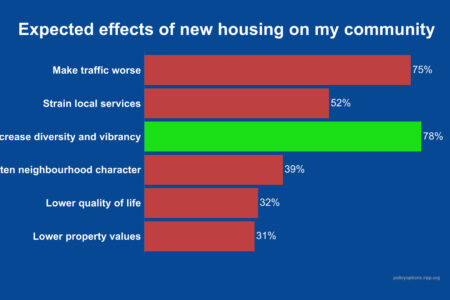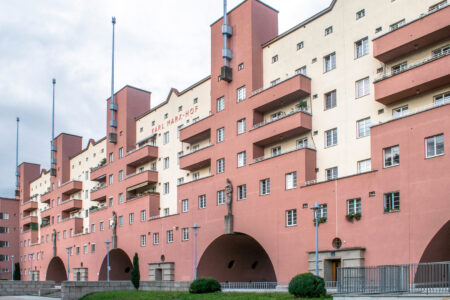
(Version française disponible ici)
Which city in Canada has the strongest economy? Calgary? Toronto? For most Canadians, Quebec City wouldn’t naturally spring to mind. Charming, yes, but an economic powerhouse?
Yet, the numbers don’t lie. The once-sleepy provincial capital has become an economic tiger. From 2001 to 2019, Quebec City registered the fastest growth of real GDP per work-age person among Canada’s 11 largest metropolitan areas.
This common measure of economic performance is the real output an economy produces per person aged, say, 15 to 64 (figure 1).
Quebec City’s real GDP per work-age person in 2019 is surpassed only by Calgary’s. Quebec City is now the second-best performing economy in Canada. If its advantage over Calgary in real per-capita growth persists (43 per cent compared to 15 per cent from 2001-2019), Quebec City will soon be Canada’s most productive major metropolitan area.
But economic growth does not fall like manna from heaven unless a city is blessed with a distinct location or natural resource advantage.
How did it happen? What are the lessons for other municipalities?
Quebec City’s impressive performance is the product of a combination of factors: strong social capital, sustained investments in education, openness to entrepreneurial flair, a strong local identity, and, not least, astute political leadership.
Social capital: building a safe and less unequal city
The Greater Quebec City Area has a population of 850,000 and is remarkably homogenous. Barely seven per cent of the population was born outside Canada. Ninety-seven per cent of the population has French as their language spoken at home. No major Canadian metropolis is as linguistically and ethnically homogeneous. Is this a good or a bad thing?
The natural reflex in a society as diverse as Canada’s is to celebrate diversity, which is entirely fitting. One of the authors of this text is an immigrant. However, ample academic literature exists on the positive aspects of socially cohesive societies, not least trust and social capital, the latter concept made famous by the American political scientist Robert Putnam. Social capital is the shared rules and values that facilitate informal and contractual relationships. New ideas are adopted more readily in societies with strong social capital.
Social capital needs to be nourished. It’s difficult to sustain in societies with sharp inequalities. Quebec City is a prime beneficiary of Quebec’s welfare state, with taxation rates rising more rapidly with each income bracket than in other provinces.
Arguably, the sincerest measure of social capital is the willingness (in this case, as expressed by the electorate) to share riches. Here again, the data speaks.
Statistics Canada publishes two measures of income inequality: the Gini coefficient and the ratio of the 10-per-cent richest to 10-per-cent poorest.
Quebec City is the least unequal of the 11 listed metropolitan areas, to which one could add other redistributive measures such as low post-secondary cost (Quebec’s CEGEPs are tuition-free, and university fees are the lowest in the country) and subsidized childcare (early childhood centres have a $9.10 daily fee).
At the local level, the most evident measure of social capital is low crime. Here again, Quebec City stands out with the lowest crime rate and lowest crime severity index among all 35 of Canada’s metropolitan areas.
The relationship between low inequality and low crime needs little explanation. Income redistribution is a senior government responsibility. Public security falls mainly on local government. More on that later.
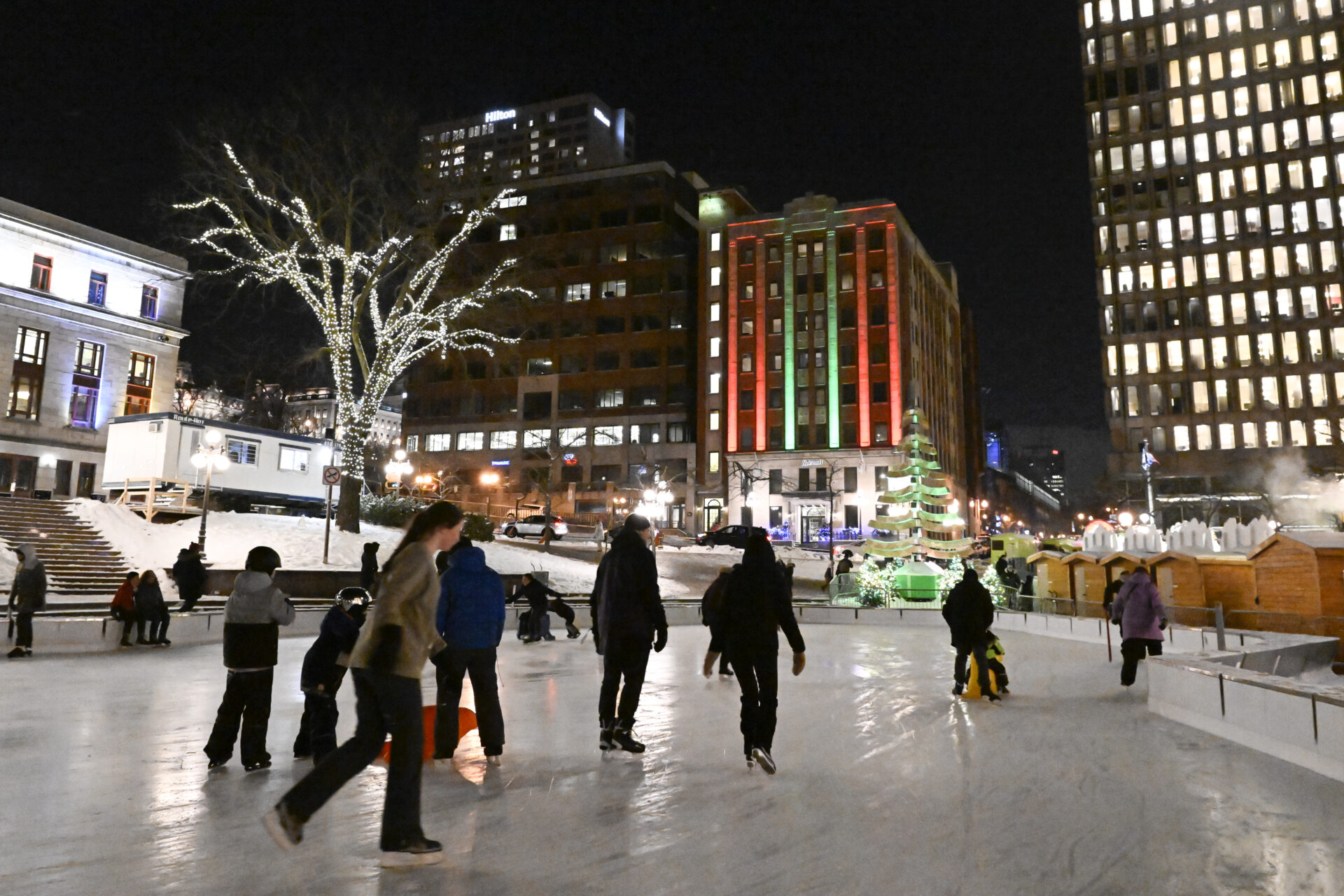
Glue: strengthening local identity and distinctness
The Harvard economist Edward Glaeser summarized the secret of Boston’s success thus: “innovating, not fleeing.” Attachment to place – glue – plus a focus on education has allowed Bostonians to continually renew the region’s economic base.
Some years ago, one of us carried out interviews with managers of Quebec City IT firms. One of the questions was: why here? The response was almost always the same: reliable skilled workers. The young IT geeks coming out of applied science, technology and computer programs in Quebec-City CEGEPS and Université Laval’s faculty of science and engineering could be hired at competitive wages and, more to the point, would not flee because of their attachment to language and culture and a favourable cost of living.
Quebec City counts the highest percentage (82.9 per cent) of individuals aged 25 to 54 with a postsecondary degree among Canada’s 11 major metro areas. This population includes CEGEP graduates, a uniquely Quebec institution. It is in this intermediary category of skilled workers that Quebec City excels. The region has manifestly succeeded in keeping these skilled workers at home.
The economic advantages of glue play out on several levels. Given the lower risk of losing their investment to Calgary, San Francisco or elsewhere, firms will more readily invest in in-house training. Plus nourishing a regional base of industry-trained skilled workers facilitates long-term planning, a key advantage in the production of goods and services with a long lead-time.
Glue also must be nourished. Public discourse and perceptions matter. Locals are visibly proud of their city. The chauvinism of Quebec City residents has become somewhat of a legend in the rest of the province, fodder for stand-up comedians.
Being different from Montreal is a source of pride. Whatever one’s view of such Quebec City hubris, it fuels a rivalry that drives political and business elites to perform, although such things are difficult to measure.
On a more tangible level, Quebec City has adroitly leveraged its unique architectural heritage and status as Quebec’s capital.
In 1995, the Quebec government created the Commission de la capitale nationale du Québec, an idea forcefully promoted by then-mayor Jean-Paul L’Allier. (More on him later.) The commission provided resources for the preservation of the region’s architectural jewels and also went on to invest in urban renewal and landscaping projects. The recently inaugurated promenade Samuel de Champlain is a signature example, a 6.8-kilometre linear park along the St. Lawrence River with a majestic river view. It won several international awards.
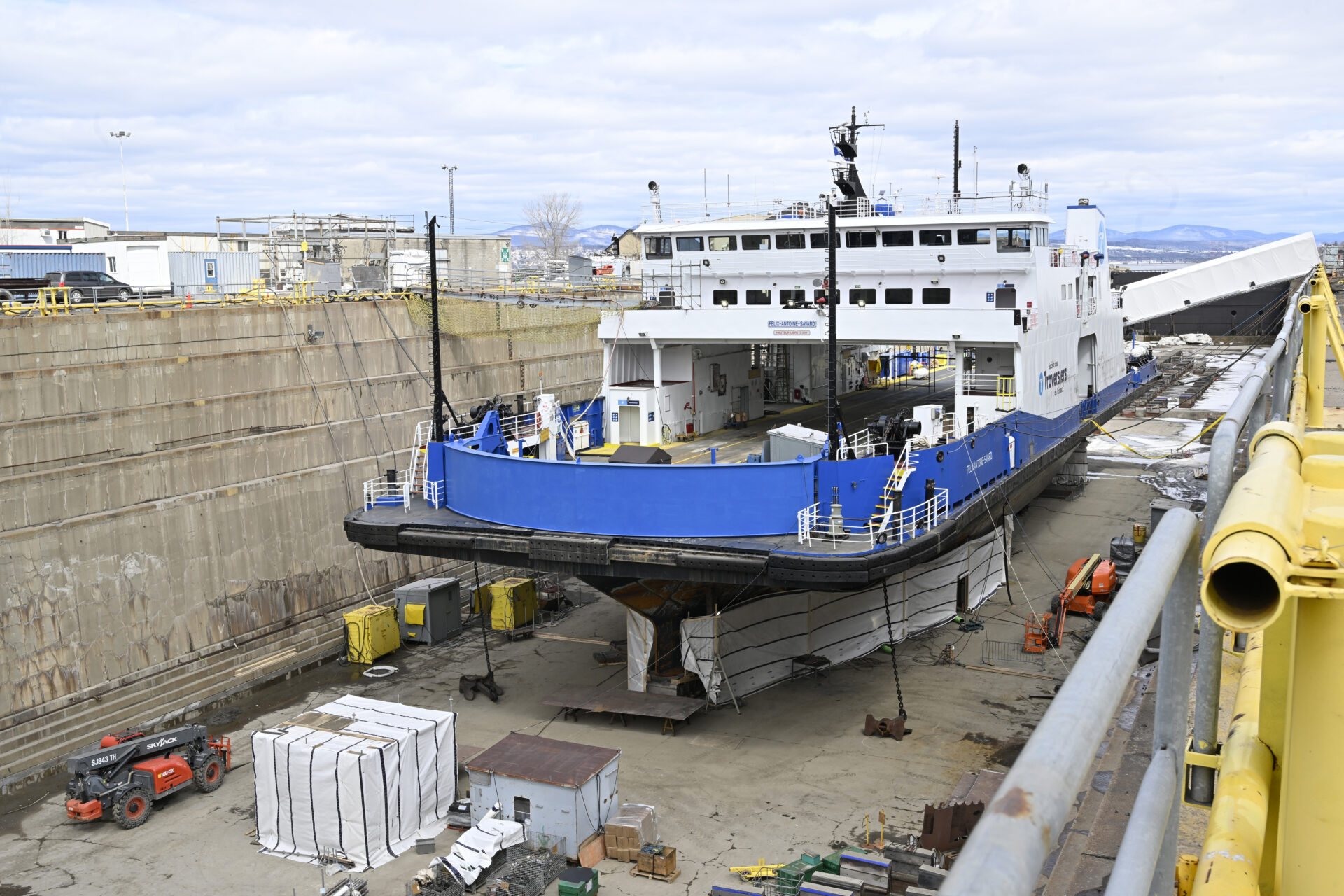
Diversification: fostering entrepreneurship in all sectors
Government no longer overshadows the local economy. The provincial public service today accounts for eight per cent of employment compared with 22 per cent for federal government employment in Ottawa-Gatineau.
The region has built on an entrepreneurial base that goes back to the 19th century in finance (Desjardins, the first caisse populaire founded 1900), insurance (Industrial Alliance, founded 1892), and manufacturing (Price Paper, founded 1820; Davie Shipbuilding, founded 1825).
This legacy laid the foundations for a remarkably diverse economy for an urban region its size. Compared with other Canadian cities, it has above-average employment in electronic equipment and component manufacturing, pharmaceuticals, medical and precision instruments, software publishers, and engineering services.
Quebec City’s economic development strategy, unlike others that focus on specific industries, promotes entrepreneurship as a general objective without playing favourites. And, unlike other metropolitan areas, manufacturing employment has not declined, attributable in part to its sister city, Lévis, across the river, which manages 14 industrial parks, and has added to the double advantage of low energy costs and presence of a container port.
The advantages of a diverse industry structure are economic and social. The mix of blue- and white-collar jobs and availability of mid-tech occupations contribute to a more equal distribution of income.
Compare this with Toronto, where the concentration of high-paid jobs in finance and management largely explains its less-equal income distribution, which in turn explains why median personal income in Quebec City is higher than in Toronto despite lower average incomes, according to Statistics Canada’s community profiles.
The economic advantages are twofold. Diversity facilitates creative destruction, the replacement of old firms by new, more innovative firms. It’s a concept made famous by the Austrian economist Joseph Schumpeter. Small losses are easier to replace than big ones. Industry diversity shields the region from sharp economic fluctuations, which in large part explains Quebec City’s steady growth. Compare this with Calgary’s roller-coaster economy, continually at the mercy of oil-price changes.
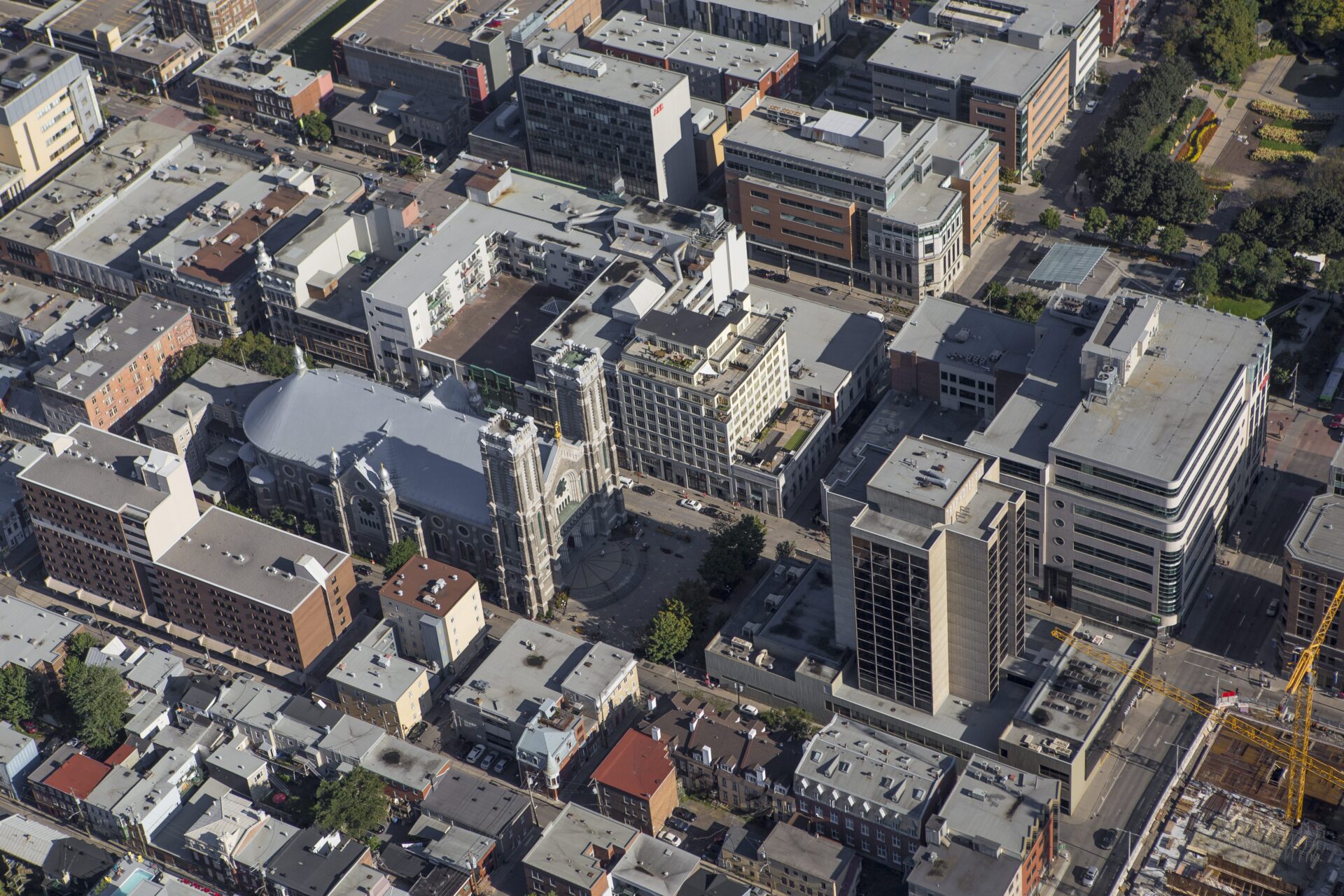
Political leadership, harnessing partners
The father of Quebec City’s economic renaissance is inarguably Jean-Paul L’Allier, mayor from 1989 to 2005. During the difficult 1990s, the Bouchard government sharply cut public-service jobs, compounding losses in traditional manufacturing such as clothing and paper production. Rather than lead a classical rearguard charge to save jobs, L’Allier invited local elites in series of business-civil society summits to plan for a new economy, building on the region’s skilled manpower base.
Among L’Allier’s most emblematic successes is the redevelopment of the working-class neighborhood of Saint-Roch, hard hit by plant closings. The neighbourhood is located in the central city, its dynamism further sapped in the 1960s by the move of the Université Laval’s main campus to the suburbs. At the start of the 1980s, Saint-Roch was a poor neighbourhood.
A dynamic neighbourhood needs students, L’Allier argued. Safety requires people on the street, night and day. L’Allier convinced the Université du Québec to relocate its head office in Saint-Roch together with two affiliate institutions. A new landscaped park, the Jardin de Saint-Roch, was created in 1993, with a garden at the centre named for L’Allier himself in 2017, one year after his death. Université Laval relocated its school of visual arts to an abandoned industrial building in the neighbourhood that was once home to Dominion Corset (founded 1886), once the largest manufacturer of corsets in North America.
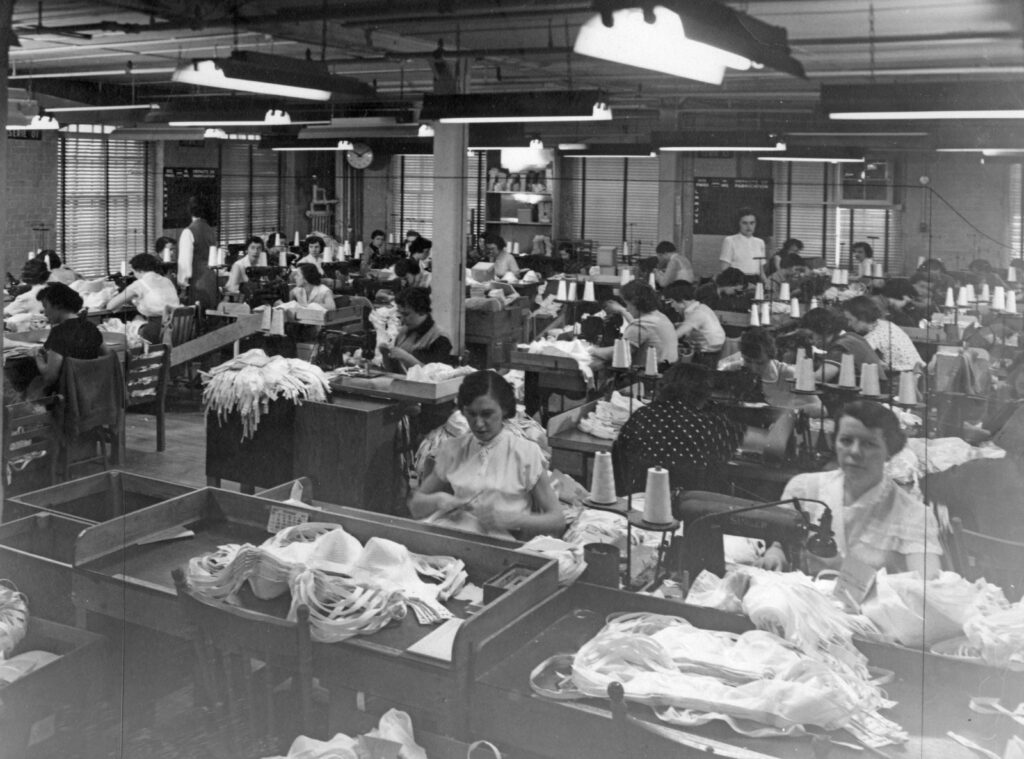
L’Allier also cleverly leveraged existing provincial IT tax-credits and directed them to the neighbourhood. Saint-Roch has since evolved into a lively IT hub with requisite cafés and trendy bars.
L’Allier was instrumental in convincing Quebec to implement a program of municipal amalgamation, the city a primary beneficiary. The 2002 amalgamation with its richer suburbs ensured the new enlarged city a greatly strengthened fiscal base.
L’Allier’s successes comes with a caveat, though. Municipalities in Quebec, as elsewhere in Canada, are creatures of the provinces, which means they are limited in their autonomy. L’Allier was singularly adroit (and lucky) in bringing the province on board. It’s not necessarily a chemistry easy to reproduce.
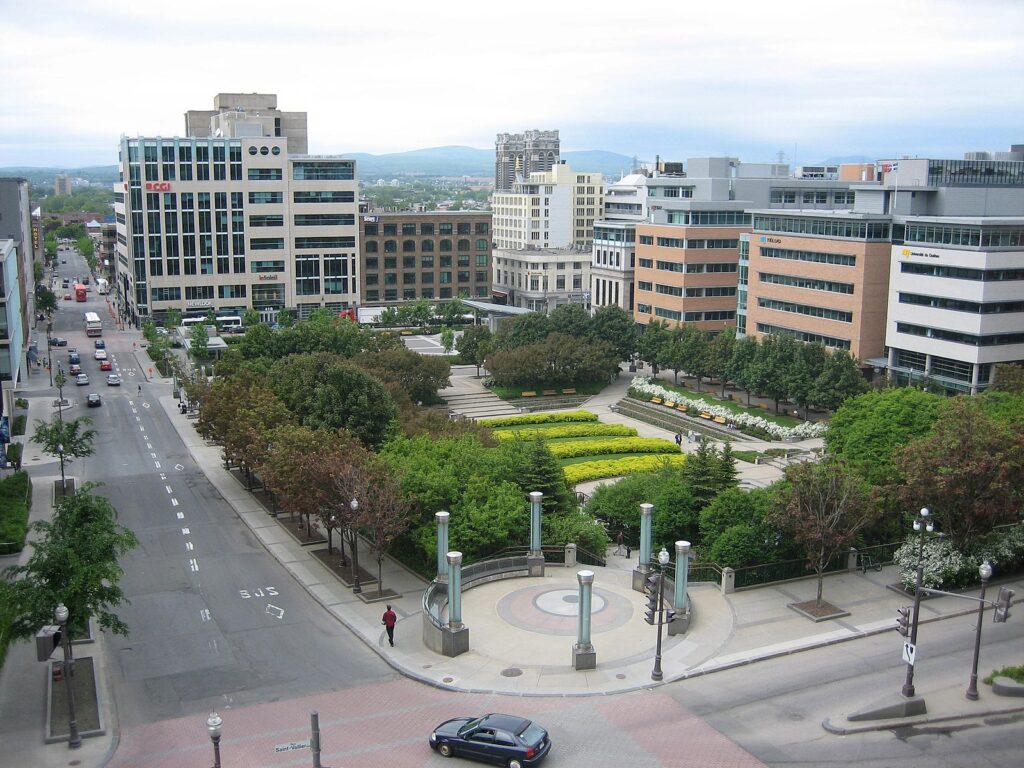
The bottom line
Among the lessons of Quebec City, one crucial one is that social and economic concerns need not be opposites.
L’Allier famously remarked that he aimed to make the Jardin de Saint-Roch the most beautiful in the region. Turning around a neglected neighbourhood takes attention to detail, to people. L’Allier personally went from shelter to shelter, working with church and community groups, finding accommodation for the homeless in the area. Making Saint-Roch into an attractive neighbourhood for IT firms was not simply a matter of financial incentives.
All told, Quebec City’s story demonstrates the role of investments in social infrastructure, beautification, and quality of life in urban economic development.



